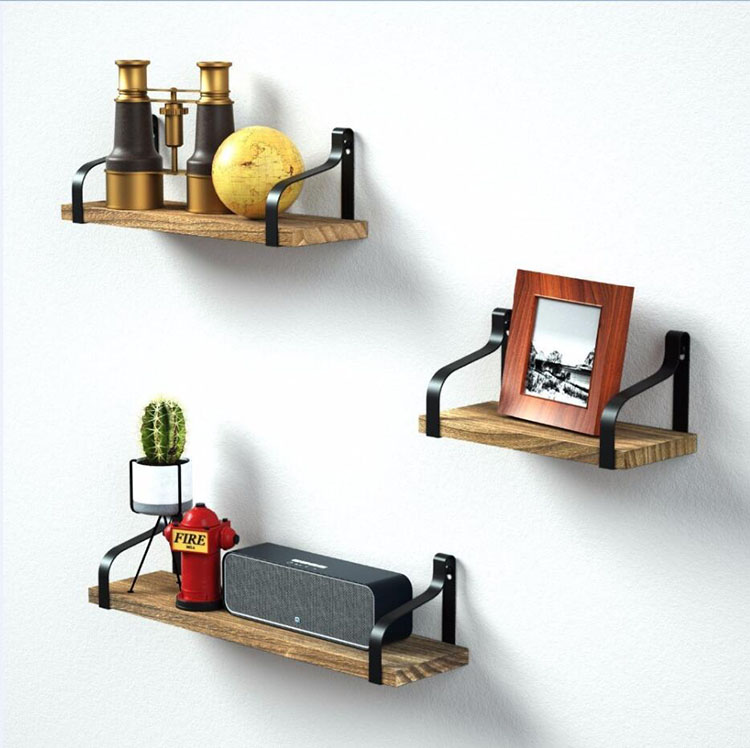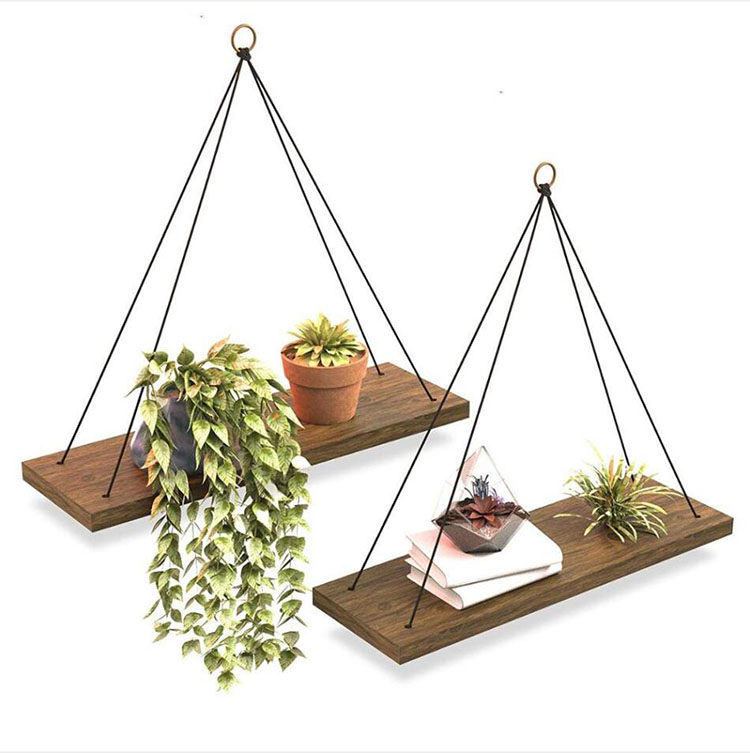The selection, installation, and adjustment of ink blades in gravure printing have an important impact on the quality of printed matter. The following discusses some views on the application of squeegee blades in gravure printing and some issues involved.
1. Selection and installation of doctor blade
High-speed gravure presses generally use imported steel scrapers with high elasticity, whose thickness is 0.15 ~ 0.2mm. When installing the squeegee, pay attention that both sides of the squeegee should be longer than 10-20mm of the printing plate to avoid the ink of the printing plate splashing on the rubber roller. The steps and main points are as follows:
1. The distance between the lining and the back of the knife is about 10mm. The distance between the liner and the blade is 5-7mm. However, according to the specific situation, the distance can also be increased appropriately (that is, installed as a soft blade), or reduced (installed as a hard blade).
2. Put the new blade behind the lining, insert it into the knife slot and tighten the back screw. The screw should be tightened from the middle of the blade first, then gradually outward, and the two sides should be tightened alternately. Here is a trick to avoid blade warpage: when tightening the screw, it should be completed two or three times, and it cannot be done in one step. While tightening the screw, hold a rag to clamp the blade and lining and pull it sideways, so the assembled knife is relatively flat. Only a flat blade can guarantee the uniform ink volume of the printing plate.
3. Select the appropriate sharpening tool and sharpening method.
When using a sharpened knife, if the whetstone is rough, it is not suitable for sharpening a new knife. According to practical experience, it is more appropriate to grind the knife with No. 1 emery paper, which can grind both new blades and old blades with large defects. It is okay to grind the new knife with No. 0 gold steel sandpaper, but it is difficult to grind well if it is used to wear the old blade with a larger notch. If sometimes it feels rougher to grind the blade with No. 1 emery paper, then use No. 0 emery paper to grind it slightly. There are generally two ways to sharpen the knife: One is to fold the sandpaper into a V shape, but pay attention to fold several layers of sandpaper to prevent the blade from cutting through the sandpaper and hurting your hands. This method is more efficient, the angle of the cutting edge is easier to control, but it is not safe; the other is to use two hands to grind the knife at both ends of the sandpaper, which is very safe, but the angle of the cutting edge is not very good control. Blades that are too blunt and too sharp have a negative impact on print quality.
2. Reasonably adjust the doctor blade
Squeegee pressure, sharpness, and contact position with the plate all have an impact on print quality. According to actual needs, reasonable adjustment of these factors can solve many problems in printing.
1. Pressure
The factors that affect the pressure of the doctor blade are the size of the cylinder pressure, the difference between the hard and soft blades, the angle at which the doctor blade crosses the printing plate, etc. The greater the slope, the greater the pressure. Excessive pressure will reduce the transfer rate of the ink and cause greater wear on the printing plate and blade; too small pressure is prone to dirty plates or scraper lines.
2. Sharpness of the knife
The sharpness of the knife depends on whether it is a new knife, the blade angle when sharpening, the type of sandpaper (stone) used, etc. The appropriate sharpness of the knife should be effective to scrape off the ink without generating wire. Too sharp scrapers are often prone to traces of wire, while at the same time wearing plates.
3. The distance the squeegee touches the printing plate
The reduction of the distance between the blade and the printing plate is helpful to improve the ink transfer rate, but it is easy to produce dirty plates; on the contrary, it can effectively solve the dirty plate and avoid some small line marks, but it will reduce the ink transfer rate.
4. Flatness of the knife
The flatness and warpage of the knife mainly depend on the installation method. Of course, it may also be related to the adhesion of foreign objects in the slot of the knife holder or on the blade and the lining.
When the flatness of the knife is poor, some bead-like marks will appear on the edge of the printing surface, or some intermittent line marks will appear from time to time. Some people think that the above phenomenon will only occur if the ink is rough and the ink flow is not good. In fact, this situation can also occur when the knife is uneven.
5. The movement of the doctor blade
The movement of the doctor blade to the left and right has an important effect on reducing the doctor blade line, improving the doctor blade utilization rate, and reducing the abrasion of the plate. If the squeegee moves abnormally, you should try to improve it.
A shelf is a flat, horizontal plane used for items that are displayed or stored in a home, business, store, or elsewhere. It is raised off the floor and often anchored to a wall, supported on its shorter length sides by brackets, or otherwise anchored to cabinetry by brackets, dowels, screws, or nails. It can also be held up by columns or pillars. A shelf is also known as a counter, ledge, mantel, or rack.[2] Tables designed to be placed against a wall, possibly mounted, are known as console tables, and are similar to individual shelves.

A shelf can be attached to a wall or other vertical surface, be suspended from a ceiling, be a part of a free-standing frame unit, or it can be part of a piece of furniture such as a cabinet, bookcase, entertainment center, some headboards, and so on. Usually two to six shelves make up a unit, each shelf being attached perpendicularly to the vertical or diagonal supports and positioned parallel one above the other. Free-standing shelves can be accessible from either one or both longer length sides. A shelf with hidden internal brackets is termed a floating shelf. A shelf or case designed to hold books is a bookshelf.

The length of the shelf is based upon the space limitations of its siting and the amount of weight which it will be expected to hold. The vertical distance between the shelves is based upon the space limitations of the unit's siting and the height of the objects; adjustable shelving systems allow the vertical distance to be altered. The unit can be fixed or be some form of mobile shelving. The most heavy duty shelving is pallet racking. In a store, the front edge of the shelf under the object(s) held might be used to display the name, product number, pricing, and other information about the object(s).
Wooden Wall Shelves,Toilet Shelf Rack,Home Storage Furniture,Bathroom Organizer Shelf
Jinan Tri-Tiger Technology Development Co., Ltd , https://www.jinanfurniture.com